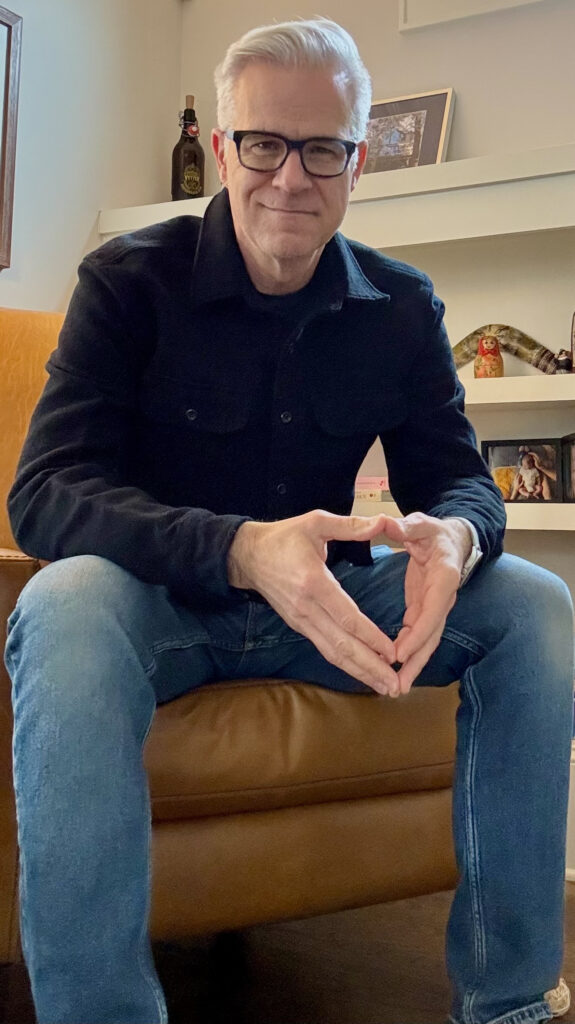By David Yeend
Ask six people what “strategy” is, you’ll get six different answers. But two well-established disciplines operate quite differently: Brand strategy practiced by ad agencies, and innovation strategy practiced by digital consultancies. With thirty years of experience across both sides, I’ve noticed some big differences. Brand strategists can steal some super-effective processes from their innovation counterparts. (Think Publicis taking a few pages from the IDEO playbook.) Even ad agencies winning global Effies every year can pick up tips from the nimble, fast-paced world of innovation strategy. I hope these tips inspire you to try some new things.
1. Embrace “Sprint-Like” Methods
It’s too common to see a brand brief turned around in one day, not for the sake of the strategy work itself, but under the pressure of an air date or sales deadline. Ironically, agencies bill by the hour, which doesn’t really incentivize working fast. So brand strategists sift through desk research, and try to sell in primary research projects, and the work can move at a herky-jerky pace. Heck, many agencies don’t even have a set strategy process; they grab whatever “insight” hits at lunch. (I know because I’ve done it, too.) It’s not a fast process; it’s neither fast, nor a process.
On the flip side, innovation strategy is all about speed and process. It uses tightly choreographed “sprints” to validate ideas quickly. (It seems obvious to the innovation strategists out there, but many brand strategists have never been through a sprint.) A sprint involves quick prototyping, testing, and getting feedback from customers early on. This approach helps integrated teams learn fast, de-risk in real ways, and pivot if needed.
Brand strategists could really benefit from this sprint-like approach. Instead of saying, “We’ll come back in a week with a brilliant strategy,” a brand strategist could design a great conversation for rapid cross-functional client collaboration and alignment. By getting cross-functional teams involved early and time-boxing the work, they can quickly validate and improve big strategic decisions. This shift would not only make the process faster but could also lead to more relevant and impactful brand campaign plans.
2. Collaborate More; Break Down Silos
Brand strategy often stays in its “marketing” lane, looking for marketing solutions to marketing problems. This can be limiting, and opportunities outside the marketing realm get overlooked because the marketing team (client) doesn’t have the authority to act on them.
Innovation strategy, however, starts with cross-functional collaboration. Workshops bring together people from product, marketing, compliance, finance, and other areas. This mix of perspectives leads to more aligned and creative solutions that go beyond traditional marketing tactics.
Brand strategists should adopt this inclusive approach, bringing stakeholders from various departments to the strategy table. This would lead to more well-rounded solutions and ensure that the best ideas get the support they need to be implemented.
One thing blocking ad agencies from adopting more constant collaboration is the functional need for authorship. Creatives and strategists alike need to know that they were the individuals who did the work because it will go in their portfolio. Most agencies claim “good ideas can come from anywhere,” but in practice, they’re not built to foster ideas from any department.
3. Aim for Clearer Attribution
A big challenge in brand strategy is figuring out what’s working. The link between branding efforts and business outcomes often feels like guesswork, relying on metrics like “awareness” and “consideration.” While these are important, they don’t always show a direct path to sales or market share growth beyond correlated lifts.
Innovation strategy, on the other hand, starts with clear business goals. The methods to achieve these goals are flexible and up for debate, whether through marketing, new distribution channels, pricing strategies, partnerships, or supply chain tweaks. This goal-oriented approach ensures that all efforts align with achieving specific, measurable outcomes.
Brand strategists can take a page from this playbook by setting clear business goals and staying open to non-marketing ways to achieve them. This approach can be tricky, and seen as straying from the client brief (“They asked for a video, but we think a website change would achieve the goal instead.”) But if you do it right, this approach would help brand teams work more effectively with other client departments to achieve business results, boosting the credibility and impact of brand strategy within the organization. It could even help position the marketing client as a collaborative leader inside their organization.
4. Iterate. Embrace the MVP Mindset
Brand strategists and creative teams often spend a lot of time perfecting their work before showing it to clients. These big presentations aim to dazzle but often lead to immediate changes based on client feedback. This process can be inefficient and time-consuming, especially without incorporating consumer feedback.
Innovation strategy, however, embraces an iterative approach, launching with a Minimum Viable Product (MVP). This method lets teams test their ideas in the real world, gather feedback, and make adjustments before fully committing. By de-risking ideas through small, real-world tests, innovation teams ensure their final products are effective and well-received.
Brand strategists should consider adopting this MVP mindset, focusing on quick, iterative development and real-world testing. This approach would go beyond “quick qual,” into a true launch and learn process. It would not only save time and resources, but also ensure the final strategies are grounded with live in-market feedback.
A lot of Performance Marketing agencies do apply constant iteration to their digital media plans. Other disciplines within marketing could see improvements by trying it.
The fast-paced, iterative nature of innovation strategy offers some great lessons for brand strategy. By embracing sprint-like methods, fostering cross-functional collaboration, setting clear attribution to business goals, and adopting an MVP approach, brand strategists can make their work faster, more relevant, and more impactful. I encourage you to try something different, a different approach, a different kind of meeting. Steal from outside your discipline. Break stuff, build it back better. You might end up with a surprising success.

About the Author
David Yeend is an independent brand strategy & innovation strategy leader in Atlanta, GA. He’s done award-winning strategy work for clients like Toyota, UPS, The Home Depot, Nationwide Insurance, Publix, and Turner/NBA. Learn more at davidyeend.com.

